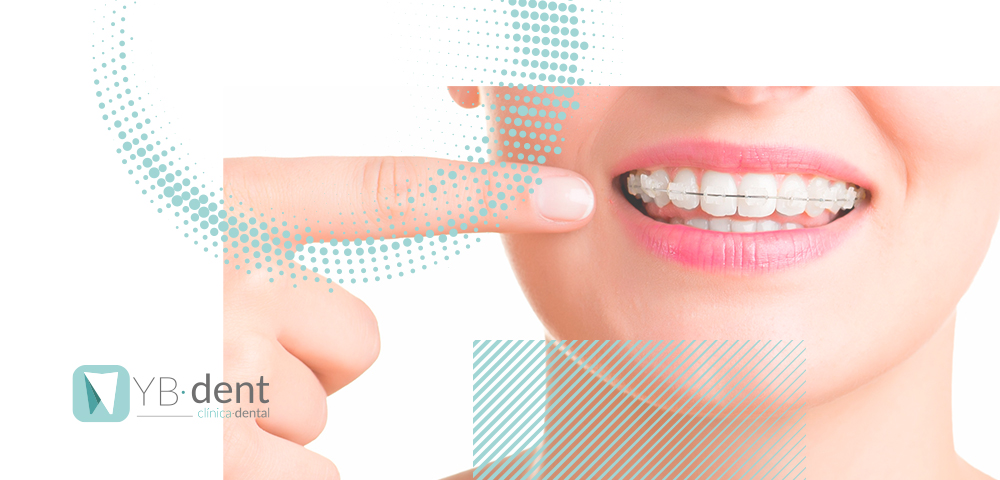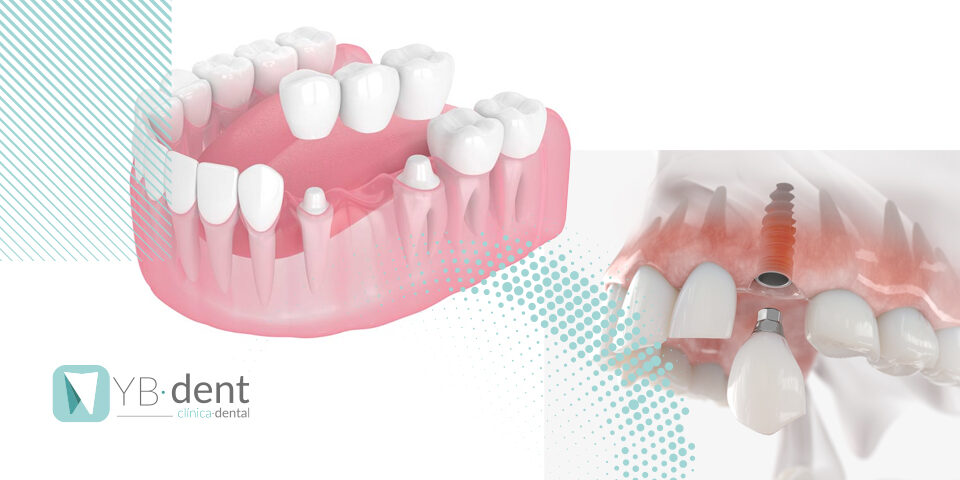¿Cómo puedo saber si necesito llevar aparato de dientes?

La ortodoncia abarca todo el estudio, diagnóstico, prevención y tratamiento de las posibles alteraciones de los dientes o incluso las anomalías de los huesos maxilares. Existen diferentes tipos de aparato de dientes que el paciente puede elegir. Están los brackets metálicos, los brackets de zafiro, los autoligables y los brackets linguales Incognito.
Aunque existan cuatro diferentes tipos, todos ellos están creados para corregir los problemas de malposiciones dentales, es decir, no existe un aparato mejor que otro. La elección de los aparatos va ligada a las preferencias o prioridades de cada persona.
Antes de realizar una ortodoncia hay que tener en cuenta los siguientes aspectos: la historia clínica del cliente y odontológica, realizar los dos modelos en yeso de los dientes y las radiografías correspondientes.
En la Clínica Dental YB-Dent realizamos todo este proceso antes de someter al cliente a una ortodoncia. Si quieres averiguar los síntomas más comunes por los que las personas necesitan llevar aparatos para los dientes, nosotros te los vamos a explicar a continuación.
Síntomas más frecuentes para saber si necesitas aparato de dientes
La persona más adecuada para asesorarte a la hora de someterte a un tratamiento de ortodoncia será siempre el odontólogo/a. Aún así existen unos indicios que te indicarán la necesidad de llevar aparato de dientes o no.
- La sobre mordida. Este síntoma significa que la arcada superior, es decir, los dientes de arriba cubren la arcada inferior, los dientes de abajo.
- La mordida cruzada significa que los dientes superiores quedan en una posición por detrás de los dientes En una mordida normal, los dientes de la arcada superior sobresalen por fuera de la arcada inferior.
- Línea media desplazada, este indicio supone que la línea imaginaria que se crea en el centro de los dientes superiores con los dientes inferiores no se alinea entre estos.
- La mordida abierta significa que no existe ningún contacto entre los dientes superiores con los dientes Es decir, existe un espacio grande al morder y es un signo claro de la necesidad de ortodoncia.
- La submordida significa la expansión hacia delante de los dientes inferiores o por lo contrario, la expansión hacia atrás de los dientes.
- Los diastemas hacen referencia a la separación que existe en los incisivos superiores, (es decir, en las paletas) .Este indicio sucede cuando hay una desproporción entre el tamaño de la mandíbula y el tamaño de los dientes.
- El apiñamiento es la situación contraria a los diastemas, es decir, una persona con apiñamiento significa que los dientes son demasiado grandes en comparación con el tamaño de la mandíbula
Ponemos solución a tus problemas dentales
Todos estos indicios te pueden indicar la necesidad de llevar aparato de dientes. Si al revisar tus dientes y la mordida de estos ves algún síntoma anteriormente citado debes ponerte en contacto con tu odontólogo de confianza para someterte a una ortodoncia.
El tiempo de cada tratamiento variará según cada cliente y el problema que tenga. Si es un problema pequeño, las ortodoncias suelen durar de 6 a 12 meses, siempre que se sigan las indicaciones del odontólogo. Si el problema es más grave, el aparato dental podría durar de 1 a 3 años dependiendo cómo evolucione el paciente.
En la Clínica Dental YB-Dent ponemos solución a tus problemas dentales con la ortodoncia que prefieras. En YB-Dent te podemos ofrecer tanto los brackets metálicos como la ortodoncia invisible con un toque más estético.
Si aún no lo tienes claro, acude a nuestro centro situado en la calle Viver 25 (Zona Benimaclet) para solicitar más información.
¡Te esperamos!



